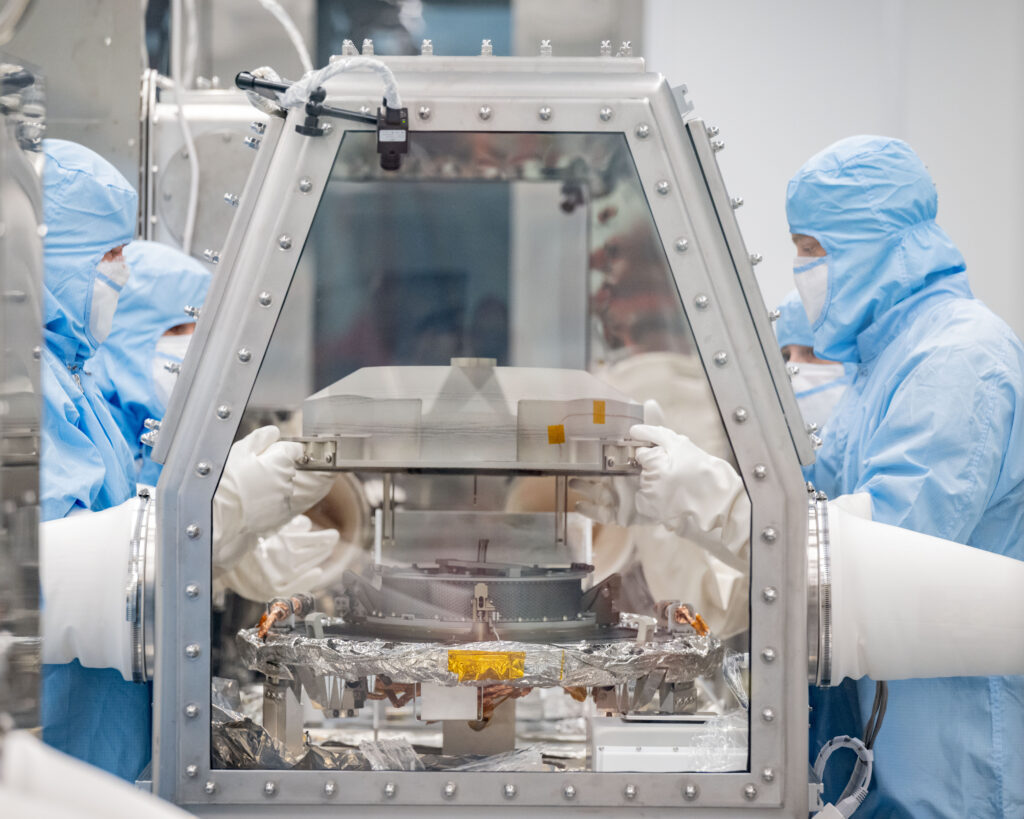When you are firing a spacecraft at an asteroid, touching the spacecraft down on that asteroid very briefly to collect a sample, and then returning the sample to Earth, there are a lot of opportunities for problems.
Despite the difficulty of the task, NASA successfully returned a sample of asteroid Bennu to Earth in late September. Since then, scientists have begun to open the sample, a long, slow, and delicate process, which the team has spent months rehearsing.
Unfortunately, they have now hit a slight snag. They cannot open the Touch-and-Go Sample Acquisition Mechanism (TAGSAM) to access a lot of the sample.
“In the last week, the team at NASA’s Johnson Space Center in Houston changed its approach to opening the TAGSAM head, which contained the bulk of the rocks and dust collected by the spacecraft in 2020,” NASA said in an update. “After multiple attempts at removal, the team discovered two of the 35 fasteners on the TAGSAM head could not be removed with the current tools approved for use in the OSIRIS-REx glovebox.”
This may sound like a small problem (surely NASA can borrow a spanner?) but the problem is that any tools used by the team must be able to fit inside the “glovebox”, which flows nitrogen in order to keep the samples pristine and free from contamination by our own atmosphere.

The “glovebox” is important, but restrictive.
Image credit: NASA
As such, the team needs to figure out how to access the samples using tools available to them, or new tools that fit inside the glovebox that will not compromise the samples during collection.
The team has been able to access 70.3 grams (2.48 ounces) of rocks and dust from outside and inside the sample head, with a portion of the samples accessible through a mylar flap. That surpasses their initial goal of 60 grams (2.12 ounces). However, there is still material inside which cannot be accessed via the mylar flap, being kept inside by those fasteners.
NASA says the team will develop and practice a new technique for removing the fasteners in the next few weeks, while processing the samples they have already removed for study.
Source Link: NASA Brings Back Actual Sample Of Asteroid But Can't Open The Lid